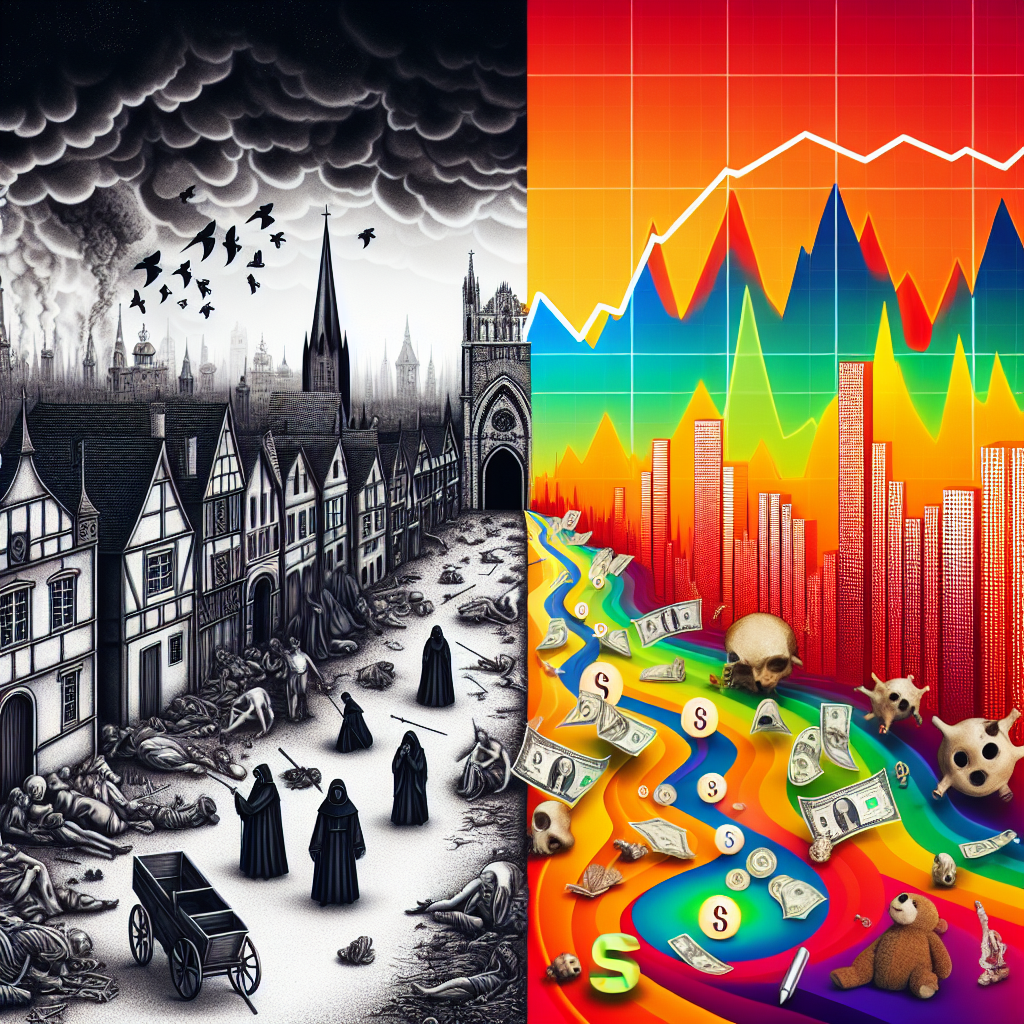History is filled with stories that have been repeated so many times they’ve become “truth” — even when the facts say otherwise. Some of these myths were born from misunderstandings, propaganda, or simple storytelling convenience. Over time, they took on a life of their own, shaping the way we see the past. Let’s uncover five of the most persistent historical myths that everyone seems to believe — and why they don’t hold up under scrutiny.
One of the most enduring myths is that Napoleon Bonaparte was short. The famous French emperor is often depicted as a tiny man with a huge ego, earning the expression “Napoleon complex.” In reality, Napoleon was around 5’6” or 5’7”, perfectly average for a Frenchman of his time. The confusion likely came from the difference between French and British measurement systems — and from British propaganda that enjoyed portraying their rival as a small, angry man. In truth, Napoleon was of ordinary height but of extraordinary ambition, which is perhaps what really made him seem larger than life.
Another widespread misconception is that Vikings wore horned helmets. The image of a fearsome Norse warrior with curved horns jutting from his headgear is instantly recognizable — and completely fictional. No archaeological evidence has ever shown Vikings wore such helmets in battle. The myth began in the 19th century, when costume designers for Wagner’s operas added horned helmets for dramatic flair. Real Viking helmets were simple, practical, and designed for protection, not decoration. The horned version was pure romantic fantasy, later immortalized by pop culture.
Then there’s the persistent story that people in the Middle Ages thought the Earth was flat. In fact, educated people in Europe — from scholars to sailors — knew the Earth was round since ancient Greek times. The myth of medieval “flat-Earthers” didn’t appear until much later, in the 19th century, when writers wanted to depict the Middle Ages as a time of ignorance in contrast to the enlightened modern world. Even Christopher Columbus didn’t set out to prove the Earth was round; he simply underestimated its circumference. The real debate was over how large the Earth was, not its shape.
One of the most misrepresented figures in history is Marie Antoinette, remembered for supposedly saying, “Let them eat cake,” when told her people were starving. There’s no record of her ever uttering those words. The phrase first appeared in a book written when she was just a child, and it was attributed to an unnamed “great princess.” The quote stuck to her because it perfectly fit the revolutionary narrative of a heartless queen detached from her people. In truth, she was more charitable and compassionate than her reputation suggests — though her extravagance didn’t help her image.
And finally, there’s the notion that the Great Fire of London ended the Black Death. It’s a tidy story — fire purges disease, the city rises anew — but not historically accurate. The plague had already faded from England by the time of the 1666 fire, and the epidemic’s disappearance was due more to changes in sanitation, rat populations, and quarantining than to flames sweeping through the city. The fire did destroy many unsanitary areas, but it was hardly the miracle cure people like to imagine.
These myths endure because they tell stories that feel true. They simplify history into something easily digestible: a short general, barbaric Vikings, ignorant peasants, callous queens, and cleansing fires. They fit our narrative instincts — heroes and villains, causes and effects, lessons learned. But the real history is messier, and often more fascinating.
By questioning these myths, we don’t just correct the record — we gain a deeper appreciation for how stories shape our understanding of the past. History isn’t a static collection of facts; it’s a living conversation between what really happened and what we want to believe happened. And sometimes, the truth behind the myth is even more surprising than the legend itself.




